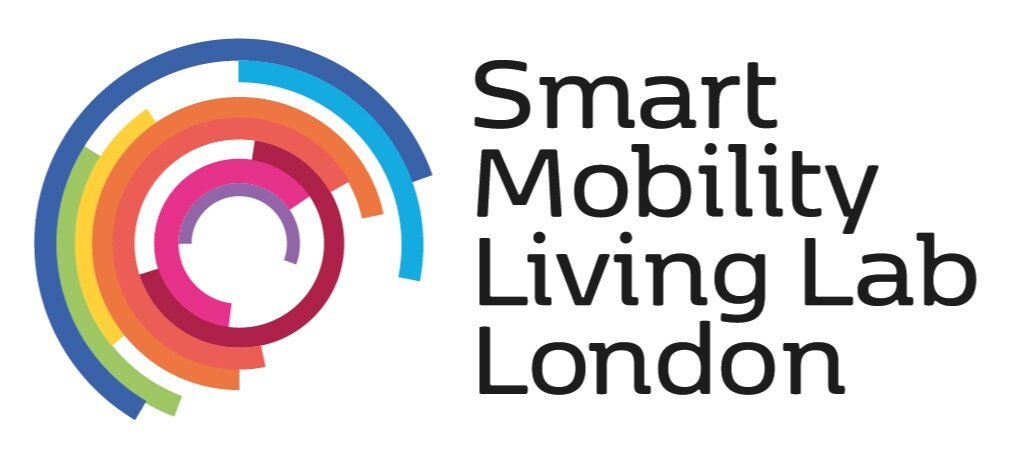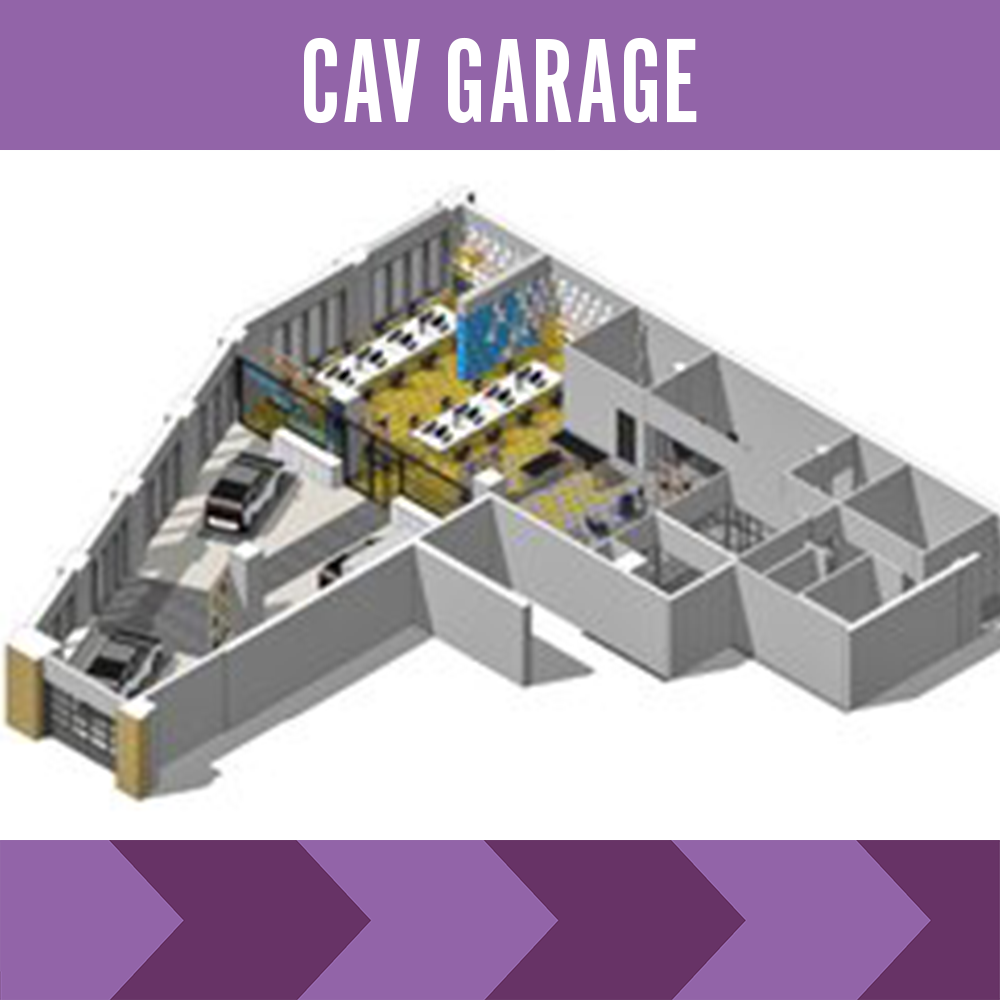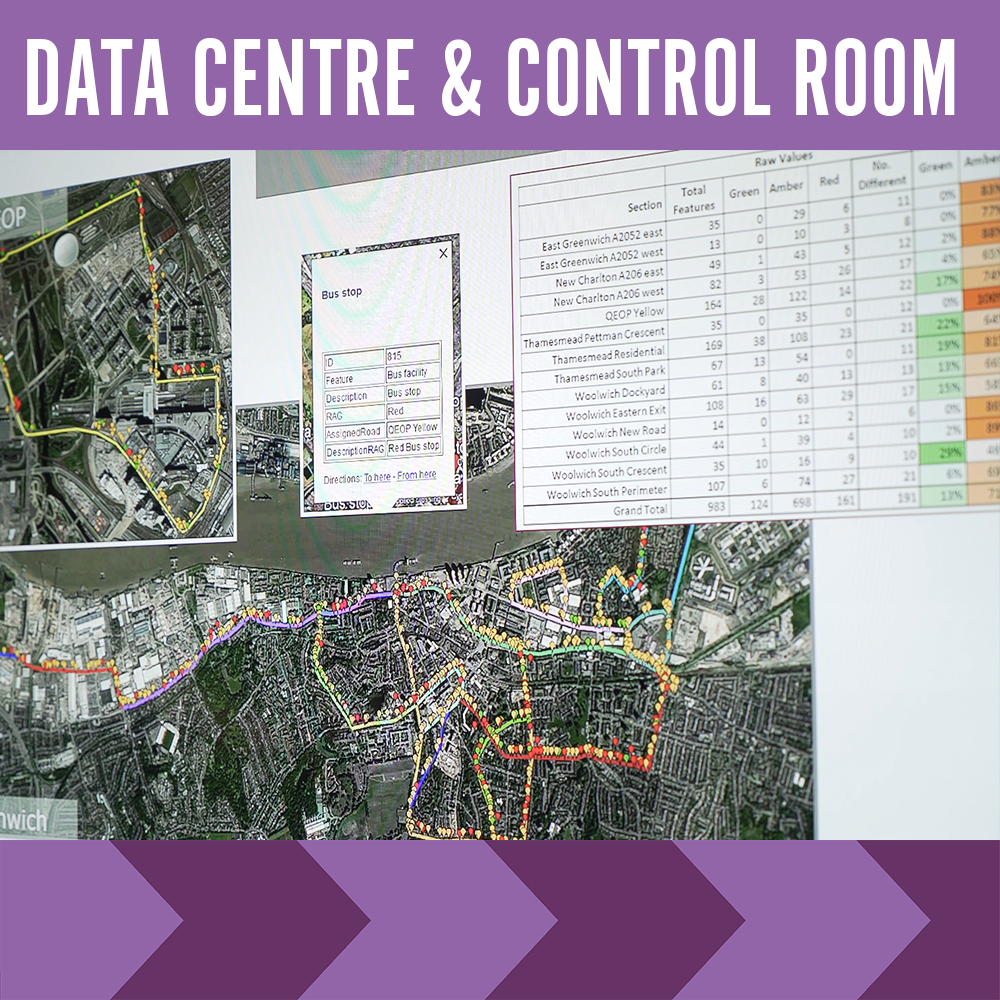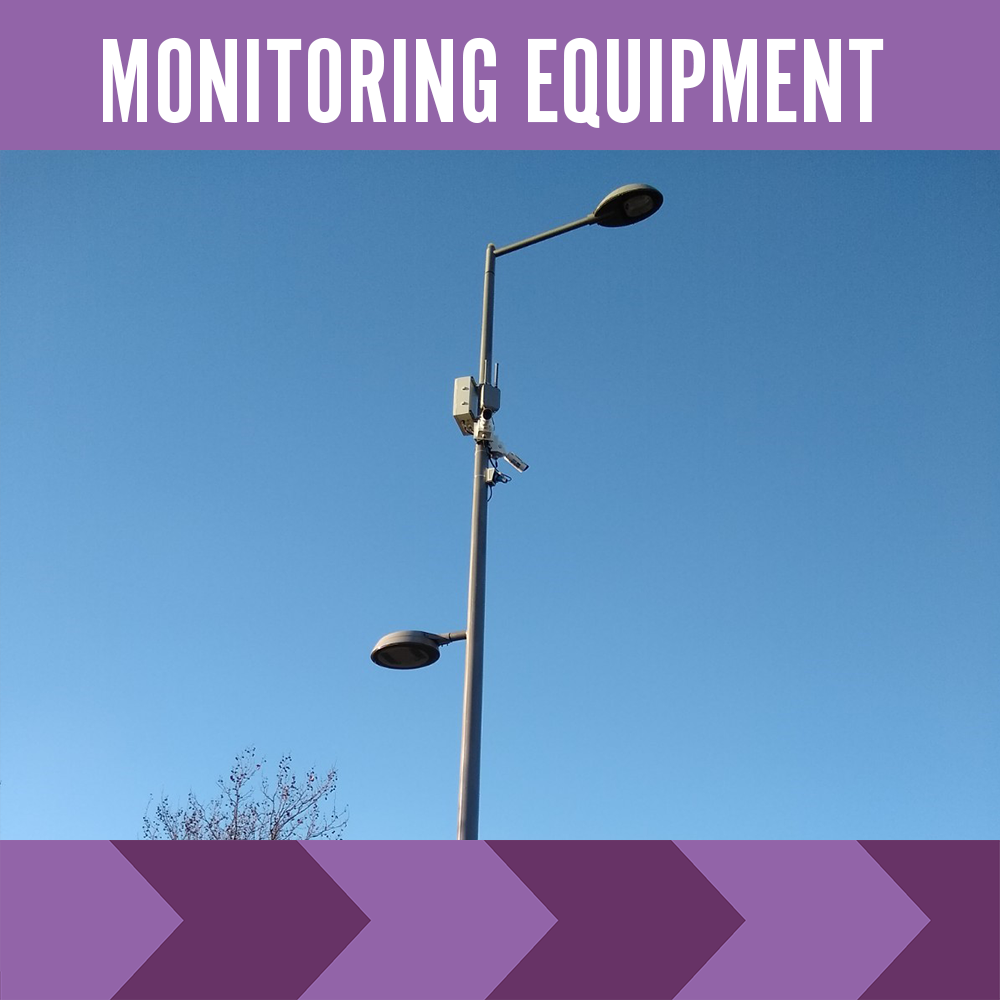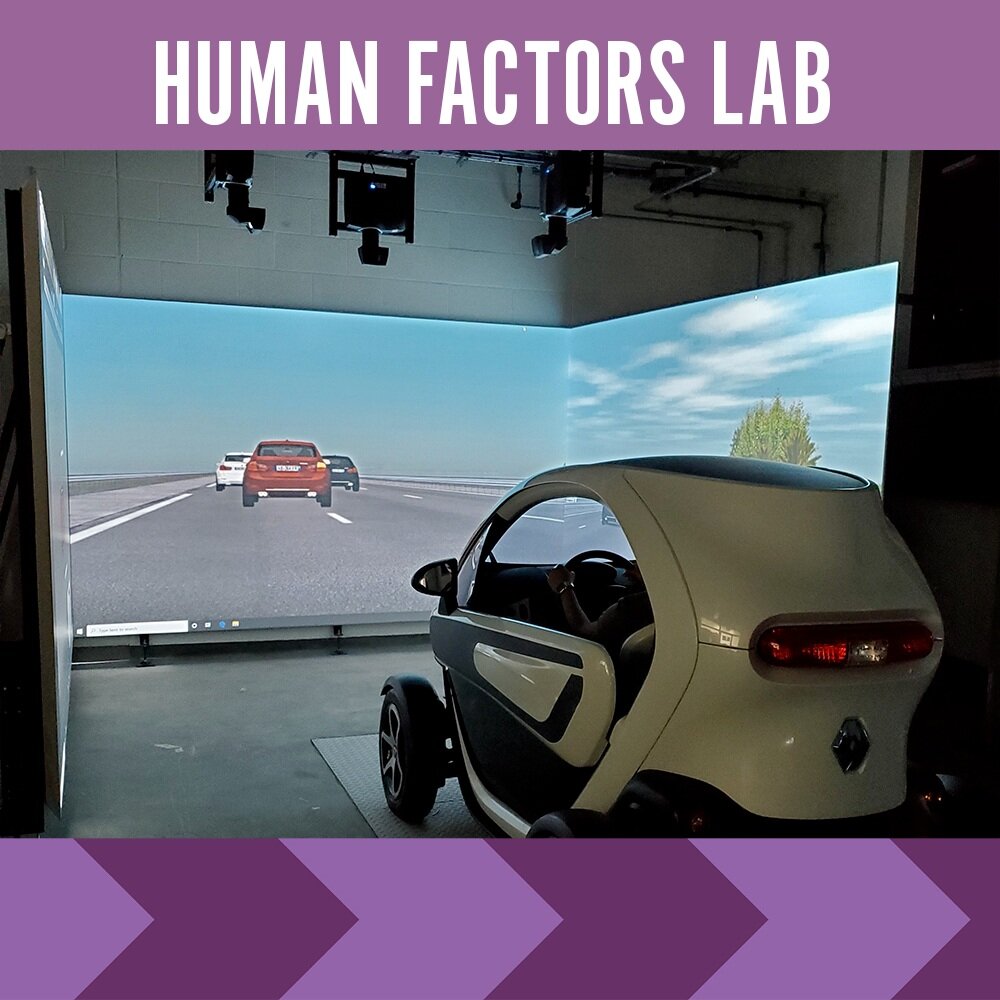Driving around Greenwich and Stratford, our vehicles and mobile data gathering units always attract interest and attention. They’re fully Smart Mobility Living Lab branded and equipped with all the latest technology, sensors, data recording systems and connectivity.
Open architecture automated vehicles
SMLL’s fleet of two StreetDrone Nissan e-NV200 vehicles are kitted out with AV technology. They have full drive-by-wire capability, sensors on a flexible adaptable roof rack, a future-proofed computational hardware bay, and fully connected data services.
The StreetDrone system is compliant with the UK Department for Transport’s guidelines for public road testing of automated vehicles, which also helps its customers deploy autonomous businesses internationally.
The vehicles operate on an open architecture platform – so customers can deploy them for research and service delivery using any type of AV technology or AV connectivity with infrastructure. They’re designed so that customers can easily access systems and add further sensing equipment to meet their specific needs.
Data gathering vehicle
SMLL’s electric hybrid vehicle doesn’t have any autonomous driving capability of its own. Fitted with internal and external cameras, it’s a mobile testbed for sensors and communication systems, used to collect data and monitor events around the SMLL test routes. It can seat five people.
Technical features include:
V2X comms data logging and storage
GPS positioning and real-time position monitoring
WiFi connectivity over three lanes of traffic [≈30m]
ITSG5 compatible
Power supplies and mounting points
Fixed architecture vehicle
SMLL’s electric hybrid minivan is a testing and demonstration platform for autonomous vehicle services and operations. It has some autonomous capability, with a safety driver on-board.
The fixed architecture vehicle is capable of Level-3+ autonomous driving on-road in mixed traffic. It can overtake moving vehicles, self-park, choose and navigate optimal routes for traffic conditions. It’s capable of collision avoidance, responding to cars, cyclists and pedestrians around it – it can communicate with external road users via screens and audible warnings or messages
It can respond to congestion, actively planning to divert around it. It also responds to traffic signals and road signs.
It’s used in trials for a range of use cases, including:
Mobility services (taxi and bus equivalents)
Delivery services, such as parcel delivery
Testing payment and parking systems
Technical features include:
V2X comms data logging and storage
GPS positioning and real-time position monitoring
WiFi connectivity over three lanes of traffic [≈30m]
ITSG5 compatible
Power supplies and mounting points to support addition and removal of equipment for varied testing needs
